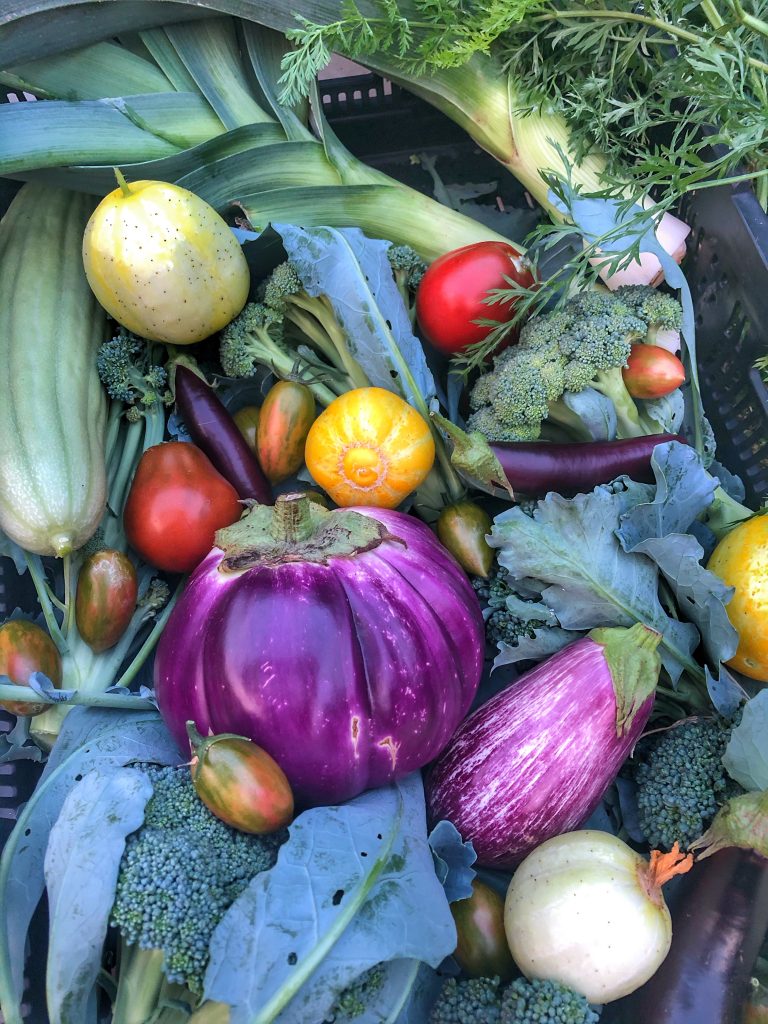By Volgadeutsch Bear / Zachry Smith
This article was first printed in our very first issue of The Beartaria Times Magazine, Origins, A Revealing of Legends

I live in Evans, Colorado. It is a town with a population of around 25,000 people. It is a food desert. There are a smattering of excellent hole in the wall restaurants. There are a bunch of gas stations with crappy food. There are a couple of small Mexican grocery stores and that is it. Granted, Evans is a suburb of Greeley, which has all your normal food places and grocery stores and you can easily fulfill your needs by going to Greeley. Like most places in America, the people of Evans and Greeley are dependent upon an external system of supply chains for food. But I wonder; is it possible for the town of Evans to become food independent? What about Greeley and Evans, heck, I wonder if it is possible for all of Weld County to become food independent? What would happen if the people of these communities realized the vulnerability of the existing food system and decided to send significant resources and energy towards becoming food independent on a local level? Is it possible for any community, regardless of size, to make food independence a fundamental pillar of the communities existence?
In 2008 I purchased a property that looked like a park, had amazing soil, and a seemingly endless supply of water, with the intention to experiment on the potential to strengthen my overall health by growing a large portion of my own food. My property is basically divided into three sections. A one acre field with rich soil, the park section shaded with trees where my house sits, and another ¼ of an acre field with beautiful soil. A few of my neighbors and I joined forces and by the third year on the property we created ‘Empire Gardens’ and had an operation growing a little over an acre’s worth of vegetables and herbs. From July through October, Friday through Sunday we created a farmers market in the front yard. We did this for two years when unfortunately my neighbors inherited land in Tennessee and split. The energy explosion and the wisdom revealed in those two years was remarkable. We built real community connections as the farmers market became the place to be. Neighbors got to know each other. Powerful discussions about health, food supply chains, what is value, debt slavery and the trajectory of the education system are examples of the depth of topics discussed. People were learning about nutrition, saving seeds, and preserving food. Many people within the community suggested that I run for mayor. I would jokingly always ask, “is it possible to be mayor without running for mayor?”

My buddy Jayson is a seventh grade biology teacher at a middle school in Hastings, Nebraska. Like Evans, Hastings has a population of around 25,000 people. Jayson spent a few days at Empire Gardens one summer during the peak of its operation. That experience and our conversations planted a seed in his mind. He envisioned the power of growing food and providing the opportunity to do so for kids. He went back to Nebraska and spearheaded the creation of the largest school garden in the state of Nebraska. This is where it gets interesting. One year in the late winter I drove out to Hastings to tandem teach with Jayson for an entire week. We hijacked a week of school to work on one project with the kids.
We asked them; Is it possible for the town of Hastings to become food independent? The kids quickly came to realize that the majority of the food they consume does not come from the vicinity of Hastings even though Hastings is surrounded by farmland.
By the end of the week, kids were presenting solutions on how to create and make available more food on a local level. One kid began mapping underutilized open spaces where food could be grown. One kid searched properties for sale to build an interconnected network of food stores that could be conveniently accessed by foot from anywhere in town. Kids realized we need people who can do stuff. We need growers, processors, marketers, lawyers, leaders, programmers, communications, money and so on. The more we contemplated building food independence for Hastings the more gaps kids realized needed to be filled. That became the game, ‘Fill the Gap’, who is interested in filling the gap? What will it take to Fill the Gap?

Kids can be the catalyst to build more harmonious, cohesive and resilient communities through food independence. What if part of the curriculum of growing up was to be a part of building food independence? Imagine if a team of kids presented to a bunch of investors a plan to make the town of Evans food independent? What if a team of kids ran the math equation, found a few ranchers outside of town and developed a method to provide a quarter of a cow to everybody in town? What if a team of kids ran a media operation with the intent to show the current state of food independence within the town by describing what is currently being produced, what gaps exist, can those gaps be filled, what do people want to eat, what should people eat, we have this need/who wants to help? Empire Gardens is simply the process to create food independence on a local level. Food independence is fractal. It begins with the individual and has the power to radiate from family, to neighborhood , to town, to county, to state, to country, to the world. We all know high quality, nutritious and energetic food when we see it. We all know that that kind of food is a fundamental pillar to achieving our best selves. We all know that a direction through food is a way for harmony to restore. What if we as communities utilize the energy of generation next, the wisdom of elders, the infrastructure that already exists and the super lofty goal of food independence on a local level as a mechanism to create a new trajectory for the good, true and beautiful?




